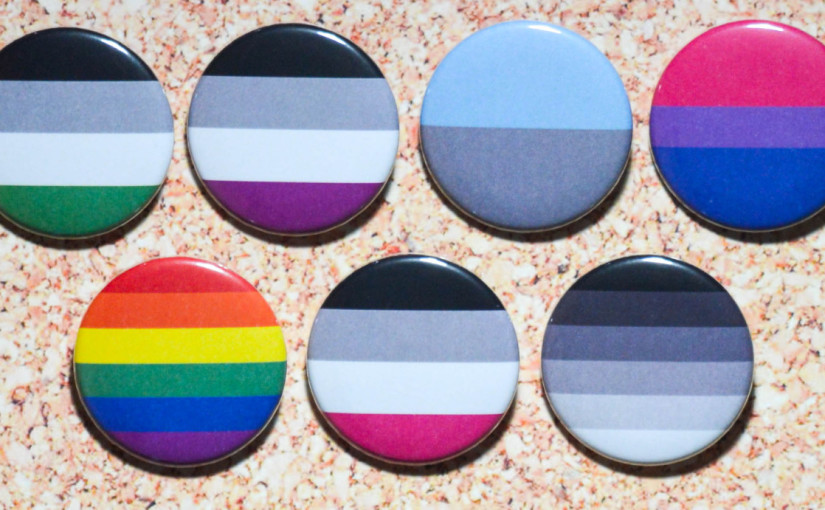Over the course of this civic issues blog, I have done my best to introduce to you and explain the gender spectrum and impart the knowledge that gender is not a binary system and there is so much more than male and female. I have tried to make you aware of some of the struggles that nonbinary and non-cisgender individuals face on a daily basis. I have explained that a gender spectrum has important implications for the orientation spectrum as well.
Now, at the end of Beyond the Binary, I’d like to reiterate the most important points that I hope you take away from your experience reading this blog:
- Gender identity is not a choice.
- Gender identity is not constricted to a binary system of male and female.
- Romantic orientation and sexual orientation also fall along a spectrum, as there are more than just two genders to which a person could feel attraction.
- Nonbinary, trans*, and non-straight individuals face extreme prejudice, discrimination, abuse, and fear in their everyday lives.
There are also many things that I would have liked to write full posts about, but sadly there wasn’t enough time. So, at this point, I’ll leave you with little blurbs of things that I would also like readers of this blog to be aware of, and hopefully you’ll be interested enough to look into them for yourself! (link to a great blog that talks about some of these issues: whatdoesenbymean)
- Now that issues of heteronormativity and gay rights have become more popular in the media, television shows have started to replace the trope of a token nonwhite character with that of a token gay character.
- There is a huge difference between “gender” and “sex,” and these terms are not interchangeable. “Sex” refers to a person’s biological organs and “gender” refers to a person’s innate identity. Also, biological sex itself can fall on a spectrum. Different chromosomal combinations lead to people being born with combinations of reproductive organs associated with both “male” and “female,” so even biological sex can’t be considered a binary system.

- The issue of LGBT+ rights was not solved with the legalization of same-sex marriage. We still have a long way to go in terms of recognizing the minorities in the LGBT+ community and establishing equal rights and equal respect for all people. The “big progress” of legalizing same-sex marriage is really just a small step in the big picture. Also: it’s not the legalization of “gay marriage,” it’s the legalization of “same-sex marriage.” Just because the people getting married are the same gender does not mean that either or both of them are gay.
- We do have some good news! Some toy stores have started making efforts to remove gendered labels on their toys to allow all children to play with whatever toy they want.
- And perhaps the issue I would have most liked to make a full post about: pronouns. Learn them, ask for them, respect them, use them. It doesn’t matter if it’s hard for you to ask or if it’s hard for you to remember. Make the effort. Don’t misgender someone because you don’t want to use their pronouns. Look at it from their point of view, and imagine what it’s like to go every single day of your life being referred to as something you’re not.
Above all: be respectful and, as cliché as it is, treat others how you would like to be treated. Accept people for their differences and accept them for who they are.
Because they can’t change.








